A Comprehensive Guide to Catholic Holidays in 2025
Related Articles: A Comprehensive Guide to Catholic Holidays in 2025
Introduction
With great pleasure, we will explore the intriguing topic related to A Comprehensive Guide to Catholic Holidays in 2025. Let’s weave interesting information and offer fresh perspectives to the readers.
Table of Content
A Comprehensive Guide to Catholic Holidays in 2025
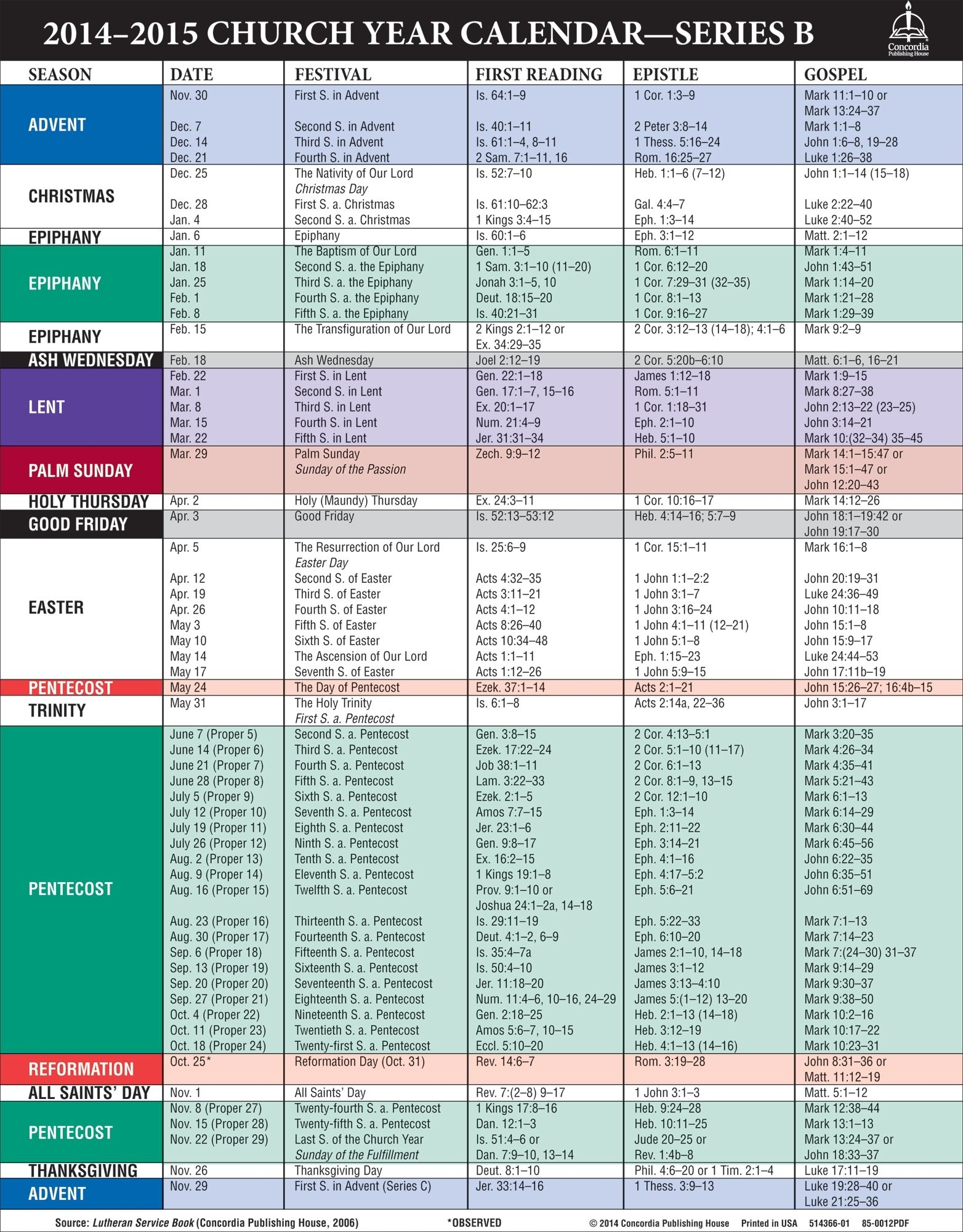
The Catholic Church observes a rich tapestry of holidays throughout the year, each commemorating significant events in the life of Jesus Christ, the lives of saints, and the ongoing journey of faith. These holidays offer opportunities for reflection, prayer, and celebration, fostering a deeper connection with the divine and strengthening the bonds of community.
This comprehensive guide provides a detailed overview of the major Catholic holidays in 2025, exploring their historical significance, liturgical practices, and the spiritual insights they offer.
January
- Solemnity of Mary, Mother of God (January 1): This feast marks the beginning of the liturgical year and celebrates Mary’s role as the mother of Jesus, the Son of God. It emphasizes her importance in the salvation of humanity and her ongoing intercession for believers.
- Epiphany (January 6): Commemorating the visit of the Magi to the newborn Jesus, Epiphany signifies the revelation of Christ to the world as the Savior of all nations. This feast emphasizes the universality of God’s love and the call to evangelization.
February
- Presentation of the Lord (February 2): This feast commemorates the presentation of Jesus at the Temple in Jerusalem, fulfilling the Mosaic Law. It highlights the obedience of Jesus and Mary, and the dedication of all believers to the service of God.
- Ash Wednesday (February 12): Marking the beginning of Lent, Ash Wednesday is a day of penitence and fasting, symbolizing our mortality and the need for conversion. The ashes received on this day serve as a reminder of our dependence on God’s mercy.
March
- Annunciation of the Lord (March 25): This feast commemorates the angel Gabriel’s announcement to Mary that she would conceive and give birth to the Son of God. It celebrates Mary’s faith and obedience, and the Incarnation of the Word of God.
- Palm Sunday (March 23): Marking the beginning of Holy Week, Palm Sunday commemorates Jesus’ triumphant entry into Jerusalem. Palm branches are blessed and carried in processions, symbolizing the crowds’ acclamation of Jesus as King.
April
- Holy Thursday (April 2): This day commemorates the Last Supper, during which Jesus instituted the Eucharist and gave the Great Commandment of love. It is a day of remembrance, prayer, and reflection on the sacrifice of Christ.
- Good Friday (April 4): This day marks the crucifixion and death of Jesus. It is a day of mourning, prayer, and reflection on the immense sacrifice made for humanity’s redemption.
- Holy Saturday (April 5): This day commemorates the period between Jesus’ death and resurrection. It is a day of waiting and anticipation, as believers reflect on the mystery of Christ’s descent into the underworld.
- Easter Sunday (April 6): The culmination of Holy Week, Easter Sunday celebrates the resurrection of Jesus from the dead. It is a day of joy, hope, and renewal, signifying the victory of life over death and the promise of eternal life.
May
- Ascension of the Lord (May 1): This feast commemorates Jesus’ ascension into heaven 40 days after his resurrection. It signifies his triumph over sin and death, and his reign as King of Kings.
- Pentecost Sunday (May 18): This feast commemorates the descent of the Holy Spirit upon the Apostles, marking the birth of the Church. It celebrates the power and gifts of the Holy Spirit, and the ongoing mission of the Church to spread the Gospel.
June
- Corpus Christi (June 5): This feast celebrates the Real Presence of Christ in the Eucharist. It is a day of adoration and thanksgiving for the gift of the Holy Eucharist, the source of spiritual nourishment for believers.
July
- Visitation of the Blessed Virgin Mary (July 2): This feast commemorates Mary’s visit to her cousin Elizabeth, who was also pregnant with John the Baptist. It celebrates Mary’s compassion and service to others, and the joy of the Incarnation.
August
- Assumption of the Blessed Virgin Mary (August 15): This feast commemorates the bodily assumption of Mary into heaven. It celebrates Mary’s triumph over death and her role as Queen of Heaven.
- Feast of St. John the Baptist (August 24): This feast celebrates the birth of John the Baptist, the forerunner of Jesus Christ. It commemorates his role as a prophet and his unwavering commitment to God’s will.
September
- Feast of the Nativity of the Blessed Virgin Mary (September 8): This feast commemorates the birth of Mary, the mother of Jesus. It celebrates her purity and holiness, and her role in the Incarnation.
- Exaltation of the Holy Cross (September 14): This feast commemorates the finding of the True Cross by Saint Helena, the mother of Emperor Constantine. It celebrates the power of the Cross and its significance in the Christian faith.
October
- Feast of St. Francis of Assisi (October 4): This feast celebrates the life and work of St. Francis, a renowned Franciscan friar known for his love of poverty, nature, and peace.
- Feast of St. Teresa of Avila (October 15): This feast celebrates the life and work of St. Teresa of Avila, a Carmelite nun and Doctor of the Church known for her mystical writings and her reform of the Carmelite order.
- All Saints’ Day (November 1): This feast commemorates all the saints, both known and unknown, who have lived lives of holiness and service to God. It celebrates the communion of saints and the hope of eternal life.
- All Souls’ Day (November 2): This day is dedicated to praying for the souls of the departed, especially those who have died in the state of grace. It is a day of remembrance, prayer, and offering of sacrifices for the souls in purgatory.
December
- Immaculate Conception (December 8): This feast commemorates the conception of Mary without original sin. It celebrates her purity and holiness, and her role as the mother of Jesus.
- Feast of St. Lucy (December 13): This feast commemorates the life and martyrdom of St. Lucy, a virgin martyr known for her courage and faith.
- Advent (December 1): The liturgical season of Advent begins on the fourth Sunday before Christmas, marking the anticipation of the birth of Jesus Christ. It is a time of preparation, prayer, and reflection on the coming of the Savior.
- Christmas Day (December 25): This feast celebrates the birth of Jesus Christ, the Son of God. It is a day of joy, celebration, and reflection on the Incarnation of God in human form.
- Feast of the Holy Family (December 28): This feast commemorates the Holy Family of Jesus, Mary, and Joseph. It celebrates the importance of family life and the role of parents in the faith formation of children.
Understanding the Significance of Catholic Holidays
The Catholic holidays offer a unique opportunity to delve deeper into the rich tapestry of faith and tradition. Each celebration provides a chance to:
- Reflect on the life and teachings of Jesus Christ: Many holidays focus on specific events in Jesus’ life, allowing believers to contemplate his message of love, forgiveness, and salvation.
- Honor the saints: Celebrating the lives of the saints provides inspiration and guidance, showcasing individuals who lived lives of extraordinary faith and dedication to God.
- Strengthen the bond of community: Many holidays are celebrated with communal gatherings, Masses, and processions, fostering a sense of belonging and shared faith among believers.
- Renew spiritual commitment: The liturgical cycle of the Church offers a framework for personal reflection and spiritual growth, prompting believers to examine their own lives and seek closer communion with God.
FAQs about Catholic Holidays
Q: Why are Catholic holidays important?
A: Catholic holidays offer opportunities for reflection, prayer, and celebration, strengthening the connection to God and fostering a deeper understanding of the faith. They commemorate significant events in the life of Jesus Christ, the lives of saints, and the ongoing journey of faith.
Q: How are Catholic holidays celebrated?
A: Catholic holidays are celebrated through various liturgical practices, including:
- Masses: Special Masses are held on many holidays, featuring readings and homilies focused on the specific event being commemorated.
- Prayers: Prayers specific to the holiday are recited, offering thanks to God and seeking his guidance and blessings.
- Processions: Some holidays involve processions, with believers carrying images, statues, or relics associated with the event.
- Fasting: Certain holidays, like Ash Wednesday and Good Friday, involve periods of fasting and abstinence, reflecting on the sacrifice of Jesus Christ.
- Community Gatherings: Many holidays are celebrated with communal gatherings, meals, and social events, fostering a sense of community and shared faith.
Q: What are the main differences between Catholic holidays and secular holidays?
A: Catholic holidays are primarily focused on religious themes and commemorations, while secular holidays often celebrate cultural traditions or historical events. Catholic holidays emphasize prayer, reflection, and spiritual growth, while secular holidays often focus on social gatherings, celebrations, and leisure activities.
Tips for Engaging with Catholic Holidays
- Learn about the history and significance of each holiday: Understanding the background and meaning of each celebration enriches the experience and fosters a deeper appreciation of the faith.
- Attend Mass or services: Participating in liturgical celebrations allows for communal prayer, reflection, and a shared experience of faith.
- Engage in prayer and reflection: Dedicate time for personal prayer, meditation, and contemplation on the themes of the holiday.
- Read Scripture and Church teachings: Explore relevant passages from the Bible and writings of the Church Fathers to gain deeper insights into the holiday’s message.
- Share the faith with others: Engage in conversations with family, friends, and fellow believers, sharing the joy and meaning of the holidays.
Conclusion
The Catholic holidays offer a rich tapestry of faith, tradition, and celebration. They provide opportunities for spiritual growth, reflection, and strengthening the bond of community. By embracing these holidays, believers can deepen their understanding of the Catholic faith and live lives of greater love, service, and dedication to God.
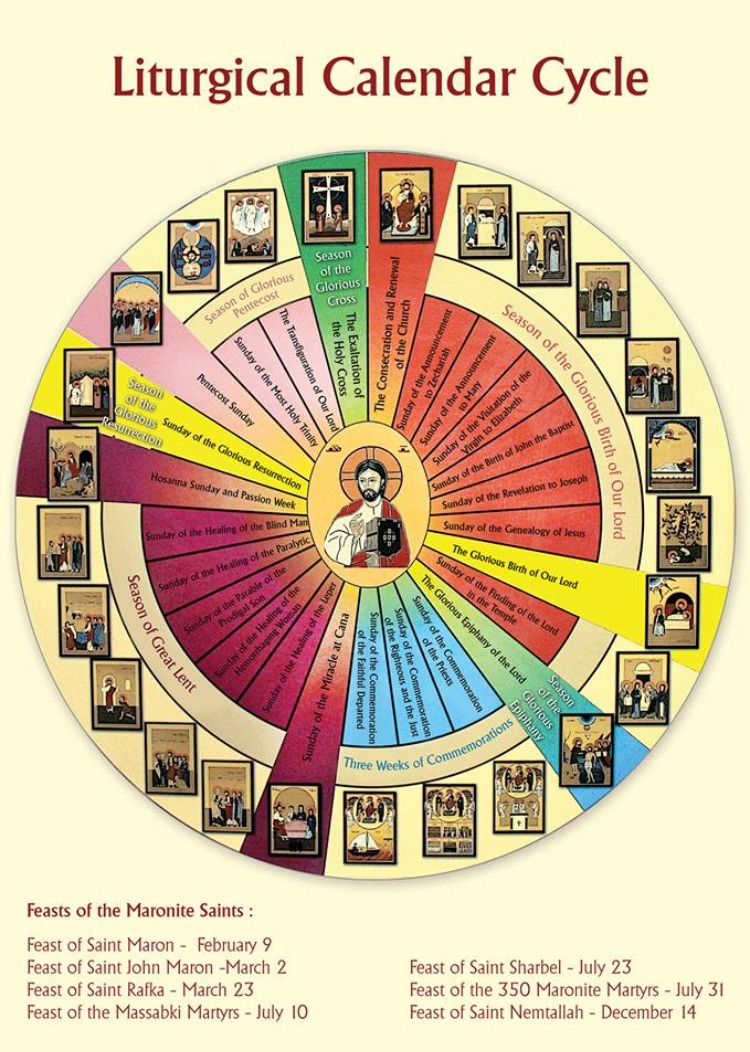
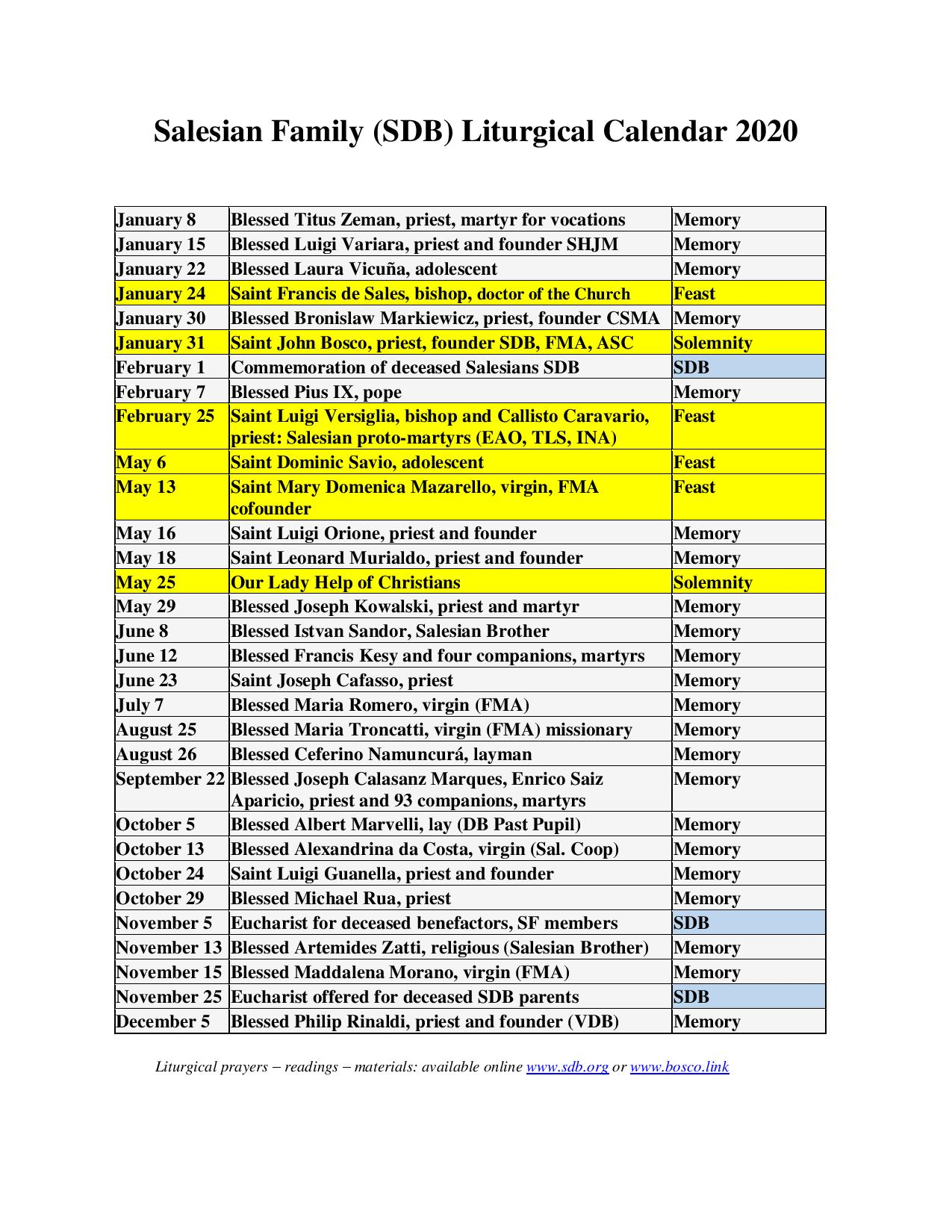
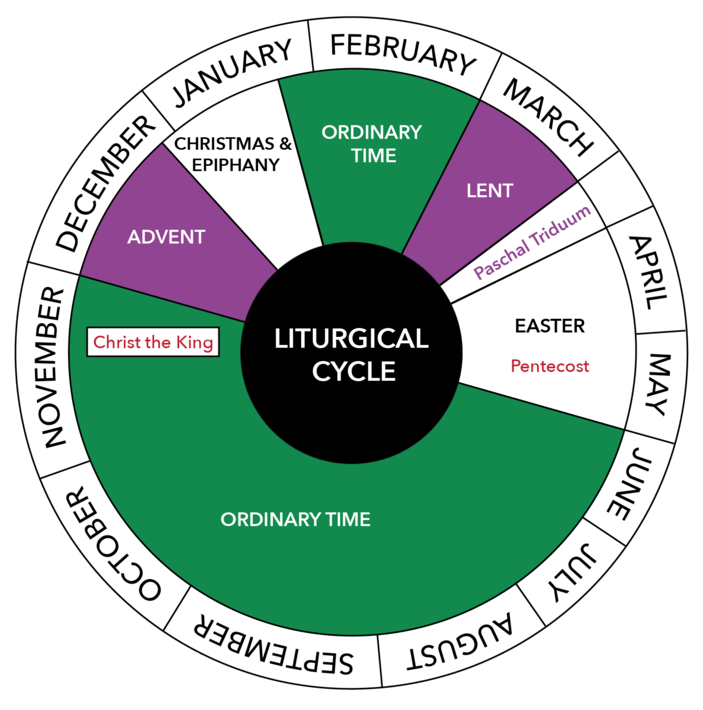
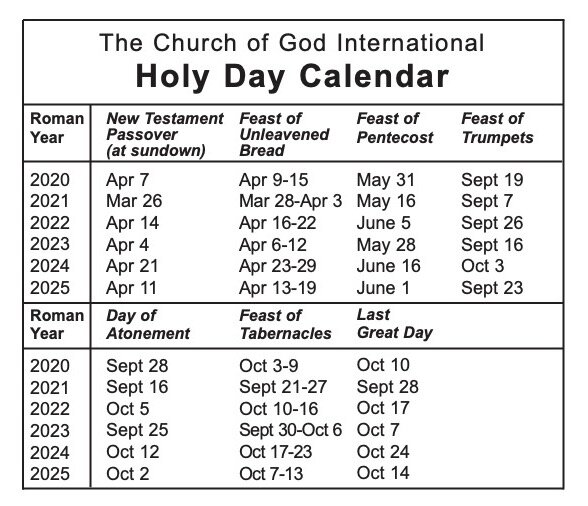
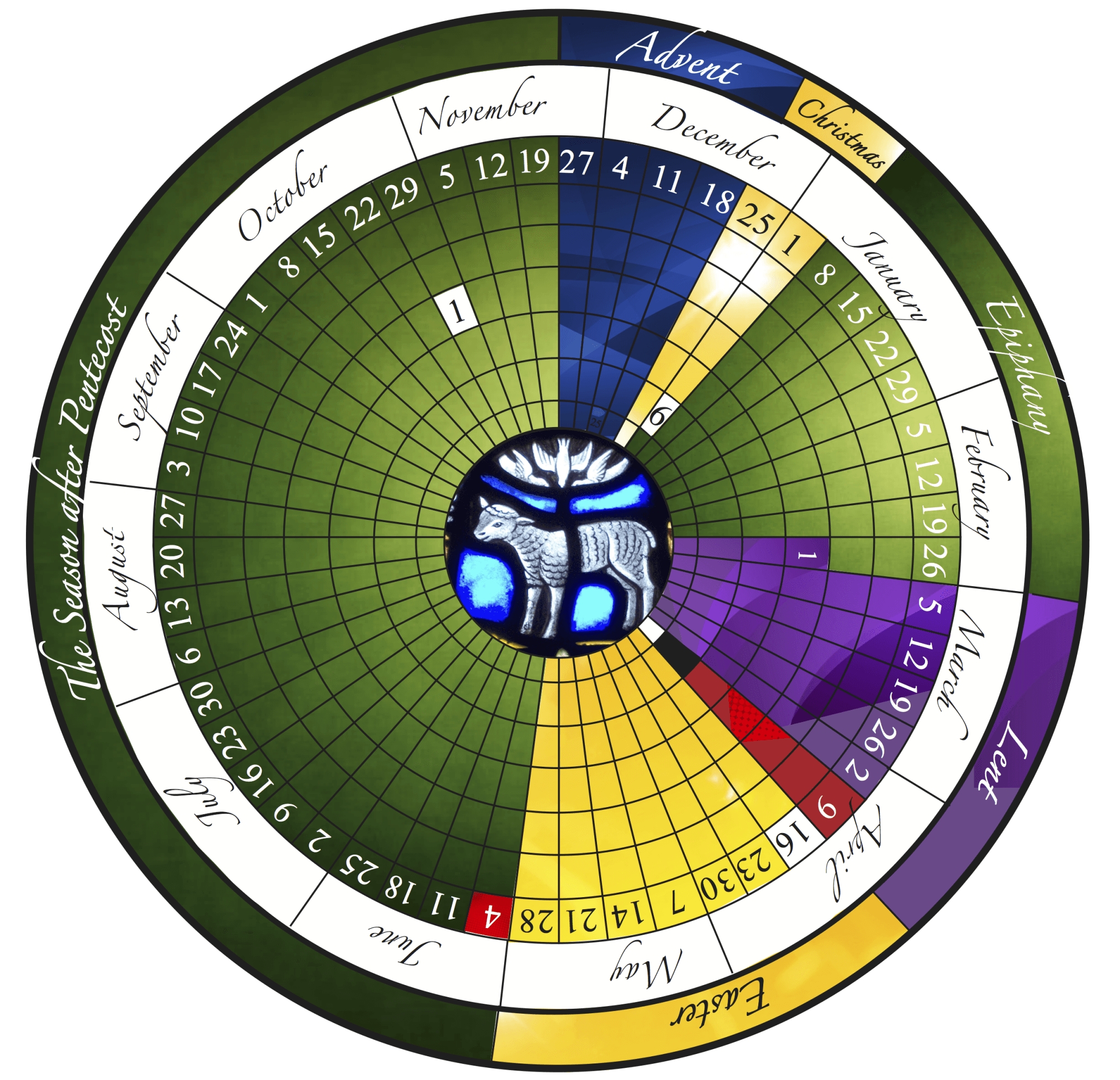


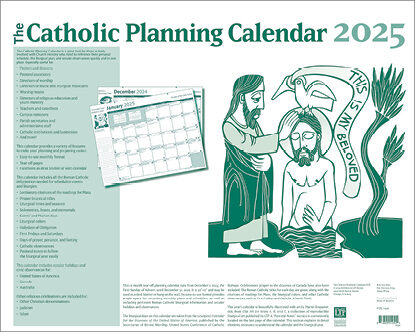
Closure
Thus, we hope this article has provided valuable insights into A Comprehensive Guide to Catholic Holidays in 2025. We thank you for taking the time to read this article. See you in our next article!